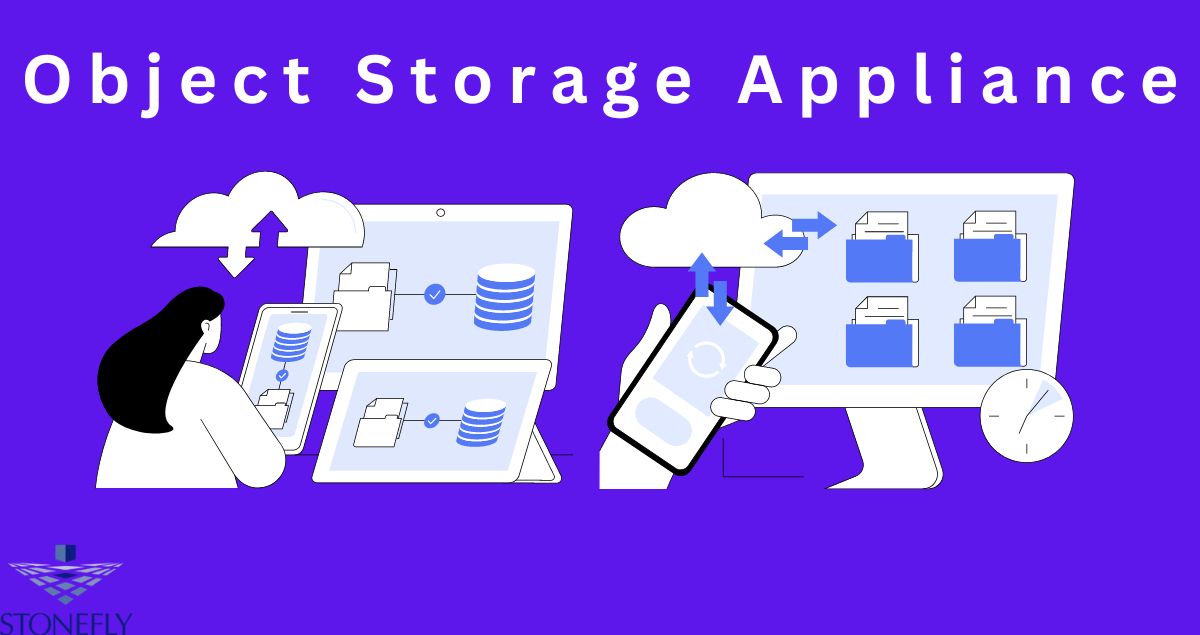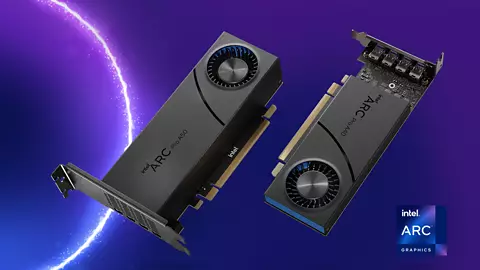Efficient data access is the lifeblood of modern digital enterprises. For IT professionals, data scientists, and cloud developers, establishing seamless workflows for accessing and managing data can mean the difference between market leadership and playing catch-up. In this extensive guide, we’ll explore how object storage appliance capabilities offer a robust solution to the challenges of data access, paving the way for smoother operations, enhanced analytics, and improved decision-making processes.
Understanding Object Storage Appliances
Before we can appreciate how Object Storage Appliances revolutionize data access, we first need to grasp the fundamentals of object storage and its distinction from traditional file systems. Object storage is a data storage architecture that manages data as objects, compared to the traditional hierarchical file systems that manage data in a file, folder, and directory structure. Object storage has emerged as the go-to solution for handling vast amounts of unstructured data efficiently, making it a preferred option for cloud environments and applications that require scalability and reliability.
Benefits of Object Storage Over Traditional File Systems
The benefits of object storage are vast, especially when dealing with large and disparate datasets. Superior scalability, cost-efficiency, and the ability to seamlessly integrate with cloud environments make object storage the natural choice for contemporary data architectures. With its flat structure, object storage simplifies the management of data and fosters a more agile and responsive infrastructure.
Object Storage Appliance Capabilities
Object storage appliances are specialized hardware or software systems that provide object storage and related services. These appliances are designed to optimize data access for high-throughput applications, ensuring that data retrieval and update operations remain swift and responsive. Capabilities often include advanced metadata indexing, data deduplication, and robust data protection mechanisms.
Streamlining Data Access with Object Storage Appliances
Object storage appliances excel at streamlining data access due to their architecture and dedicated features. They are particularly adept at serving the needs of cloud computing, data analytics, and machine learning by providing fast and reliable access to large volumes of data.
Enhancing Cloud Computing Environments
Object storage appliances are the backbone of cloud environments, offering the necessary scale and performance. They facilitate the storage and serving of multimedia files, log archives, and any other data where capacity scales to petabytes. APIs enable seamless integration with cloud applications, opening a world of opportunities for developers seeking to design robust and responsive cloud solutions.
Empowering Data Analytics and Machine Learning
For data analytics and machine learning, timely access to data is critical. Object storage appliances offer the performance and scalability required to handle the massive datasets inherent in these fields. Advanced features such as content distribution networks (CDN) enable global data access with low latency, accelerating the pace of analytics and insights.
Real-World Examples of Object Storage Appliance Success
Major companies across industries have leveraged object storage appliances to achieve their data management goals. Both Netflix and Dropbox base their services on object storage, showcasing the effectiveness of these solutions at an unprecedented scale. Companies like these have experienced more agile workflows, lower storage costs, and the ability to serve global user bases efficiently and effectively.
Key Features and Considerations
When selecting an object storage appliance, certain key features and considerations should be at the forefront of the decision-making process to ensure it aligns with the organization’s data management strategy.
Scalability and Performance
The ability to grow storage capacity seamlessly and sustain high-performance levels are critical features of any object Storage appliance. Ensuring that the system can handle both current and future data volumes without compromising on responsiveness is a core consideration.
Security and Compliance
Data security remains a paramount concern for enterprises. Object storage appliances must offer robust security features, including encryption, access controls, and compliance certifications, to protect sensitive data from breaches and ensure adherence to regulations.
Integration and Interoperability
Compatibility with existing IT infrastructure and the ability to integrate with a variety of software and hardware solutions are essential for a smooth transition to an object storage environment. This compatibility fosters an ecosystem where all components work harmoniously to achieve organizational objectives.
Implementing Object Storage Appliances: Best Practices
Integrating an object storage appliance into an existing infrastructure is a significant undertaking that requires careful planning and execution. Successful implementation involves a systematic approach that accounts for potential pitfalls and leverages best practices.
Initial Assessment and Planning
Begin by conducting a thorough assessment of your current data environment and the specific use case for the object storage appliance. This assessment should inform the decisions regarding necessary hardware, software, and any architectural changes required to accommodate the new system effectively.
Pilot Deployments and Testing
Pilot deployments allow you to test the object storage appliance in a controlled environment before full implementation. This ensures that the system performs as expected and provides an opportunity to identify and address any compatibility issues early on.
Staff Training and Change Management
Introducing new technology necessitates empowering your staff with the knowledge and skills to operate and maintain the object storage appliance. Training programs and change management strategies are crucial for a successful transition, ensuring that the entire team is equipped to handle the new system.
Future Trends and Innovations in Data Access
Looking to the future, the role of object storage appliances and related technologies in streamlining data access will only grow. We are witnessing a continuous evolution with new innovations focused on simplifying data access, enhancing data processing capabilities, and ensuring cross-platform compatibility.
The Rise of Multi-Cloud Object Storage
The trend toward multi-cloud architectures is driving the development of multi-cloud object storage solutions that can seamlessly manage data across various cloud platforms. This approach offers flexibility and reduces vendor lock-in, empowering organizations to leverage the strengths of different cloud providers.
Intelligent Data Management and Automation
AI-driven technologies are beginning to play a significant role in object storage appliances, offering intelligent data management and automation capabilities. By leveraging AI, these appliances can optimize storage usage, predict access patterns, and automatically adjust performance levels to match demand.
Integration with DevOps and Containers
The integration of object storage with DevOps practices and container technologies is becoming more prevalent. This integration allows for greater agility, enabling data to be managed and accessed in a highly automated and portable manner that aligns with modern application development methodologies.
Conclusion
Object storage appliances represent a powerful tool for organizations seeking to streamline their data access and management. By prioritizing scalability, performance, security, and integration, enterprises can leverage these appliances to unlock the full potential of their data assets. For those at the helm of data-driven initiatives, understanding and harnessing the capabilities of object storage appliances is not just a competitive advantage—it’s a strategic imperative.
FAQs
What is an object storage appliance?
An object storage appliance is a dedicated hardware solution that stores and manages data as objects rather than traditional files. This approach offers greater scalability, flexibility, and efficiency for managing large volumes of data.
How does an object storage appliance differ from traditional file-based systems?
Traditional file-based systems organize data into folders and subfolders, while object storage appliances store data as individual objects with unique identifiers and associated metadata. This approach allows for faster, more efficient data access and management.
What are the key considerations when selecting an object storage appliance?
Key considerations include scalability and performance, security and compliance features, integration and interoperability capabilities, and compatibility with existing infrastructure.
What are some best practices for implementing an object storage appliance?
Best practices include conducting an initial assessment and planning, testing with pilot deployments, providing staff training and change management strategies, and staying updated on future trends and innovations in data access. Overall, it is important to have a systematic approach that takes into account potential pitfalls and leverages proven best practices.
How can object storage appliances benefit organizations?
Object storage appliances offer numerous benefits for organizations, including increased scalability and performance, improved data management and access, enhanced security and compliance features, and seamless integration with existing infrastructure.




